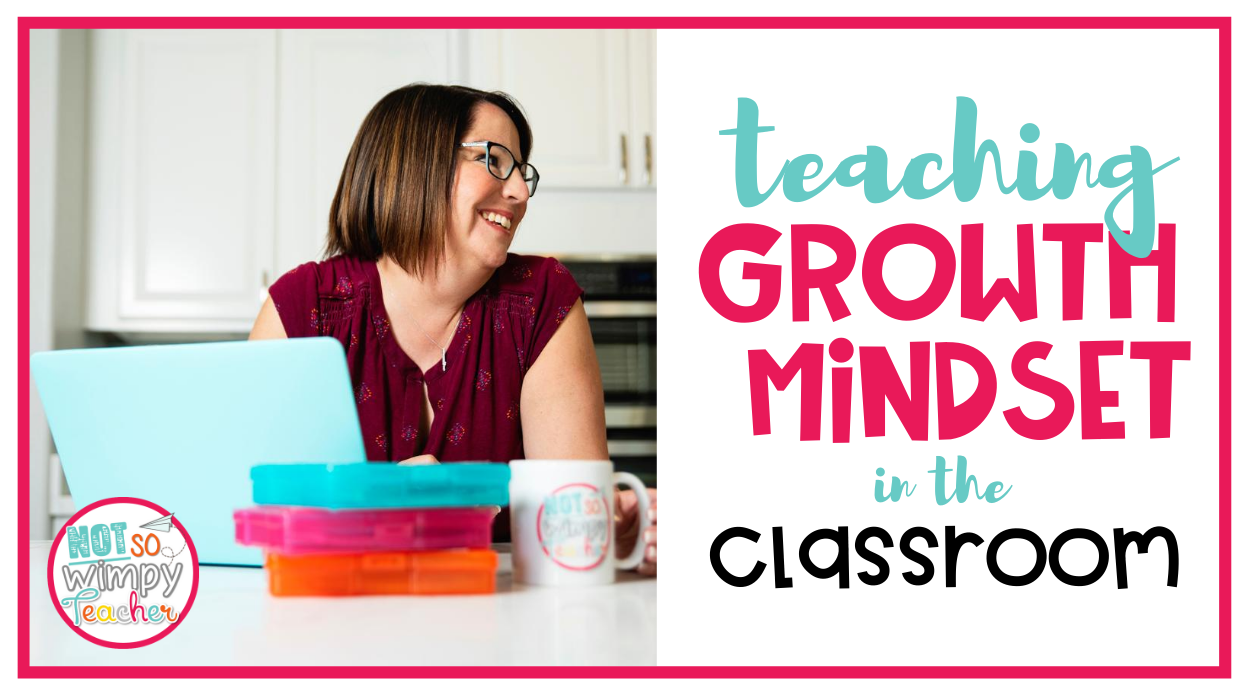
“I’m not good at math.”
“It’s too hard.”
“I can’t.”
Have you heard these statements, or something similar, from students in your class? If so, you aren’t alone. Research shows that students in the U.S. commonly “give up” quickly on difficult tasks. They want quick wins.
This is a generalization, but…
When they read a math problem and don’t immediately know how to solve it, they skip it, guess, or stop doing the work altogether.
When they don’t score a goal in the first game or two, they quit the team.
When they sing the wrong note in choir, they think they will never be a good singer.
These limiting mindsets can make it very difficult to teach new and challenging skills in the classroom. So what can we do?
As teachers, we must teach our students to have a growth mindset.
What is growth mindset?
Growth mindset is the belief that, if we practice, we can get smarter and stronger. It is the idea that, if we work harder, we will achieve more success.
Recent scientific studies show that the brain grows when we work through hard tasks. When we try new things, ask questions and practice, the neural networks in our brain can grow.
Growth mindset is the opposite of a fixed mindset. Someone with a fixed mindset avoids challenges and believes that they can only be good at certain things. They think they were born with certain talents and limitations and this cannot be changed.
How can we teach growth mindset in the classroom?
We want students who are willing to take on challenges and don’t give up easily. But how can we facilitate this type of mindset?
Rethink Feedback
Have you ever said something like, “Wow! You’re so smart!”
I am willing to bet that we have all said something similar. Our hearts were in the right place. But comments like that can be understood as: You achieved success because you were born smart.
Instead, try giving feedback like:
“I know that was a challenging task, but you worked hard and didn’t give up!”
“I know that didn’t go like you first planned, but you didn’t let that stop you from finding a solution.”
“All of your hard work and practice has paid off!”
Feedback like this helps students to understand that their success is a result of their willingness to work hard on challenging tasks. This helps to re-enforce a growth mindset.
Provide Challenges
Every task that you give students shouldn’t be “on level.”
Of course you need to differentiate and provide meaningful instruction at a level that is not causing undue frustration. That should be the majority of your instruction.
However, it is important to give challenges. And not just for your high level students. Provide challenges for everyone. This gives students the opportunity to work on things that are hard.
“This is going to be a challenge, but we have strategies that will help us to be successful.”
Examples of challenges:
- STEM challenge
- Escape room challenges
- Project Based learning activity
- a challenge spelling word each week
- a challenge math problem on a test
- a passage that is slightly above level

Everyone might not be able to come up with the “right” answer to the challenge. But find ways to celebrate everyone who works hard and gives the challenge their best effort.
“Even though your answer is not 100% yet, I love the way you have used the strategies you’ve learned! With a little more practice, you’ll be able to master this skill.”
Don’t forget to let your students see YOU trying challenging tasks! Share openly when you are learning how to do something new.
Shop This Post
Use the Power of “Yet”
Growth mindset is all about the understanding that, with practice and hard work, you can become smarter and stronger. You might not be able to do something now, but you can learn and grow.
Oftentimes, students get frustrated by the things they “can’t” do. It’s important that we help them to see that just because they can’t do something now, doesn’t mean that they won’t ever be successful.
Teach students to use the word, “yet.” The best way to teach it is to model it.
“You can’t play that song YET, but keep practicing.”
“You don’t have your math facts memorized YET, but you’re learning more every day.”
“You don’t understand the passage YET, but keep using the strategies we have been learning.”
Share Growth Mindset Books and Activities
There are so many phenomenal picture books with characters that make mistakes, fail at first, and learn to do hard things.
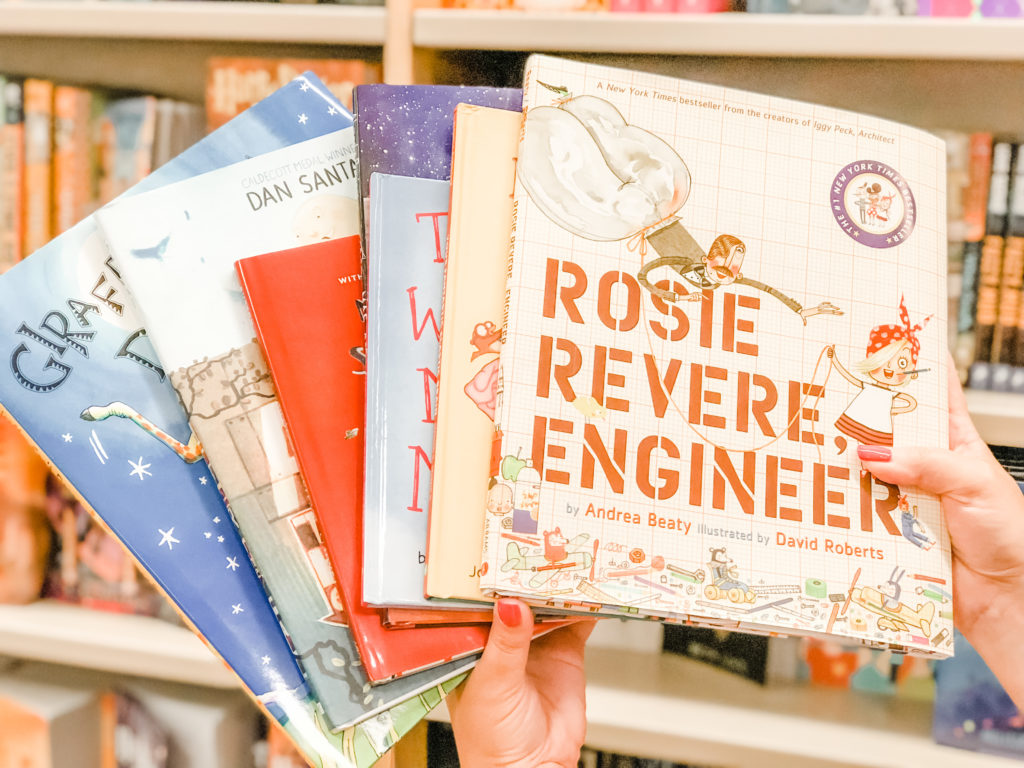
These are some of my favorite growth mindset books:
After the Fall by Dan Santat
Humpty Dumpty fell off the wall. Now what? This story is all about how Humpty Dumpty faced his fears and did something challenging.
Rosie Revere Engineer by Andrea Beaty
Rosie wants to be an engineer, but she hides all of her creative inventions. She is afraid of failure. Rosie’s aunt helps her to see that the only failure is quitting.
Jambari Jumps by Gaia Cornwall
Jambari has passed his swim lessons and now it is time to jump off the diving board. But, Jambari is scared and finding lots of ways to stall. In this story, Jambari must learn how to do something scary!
Interactive Growth Mindset Activities
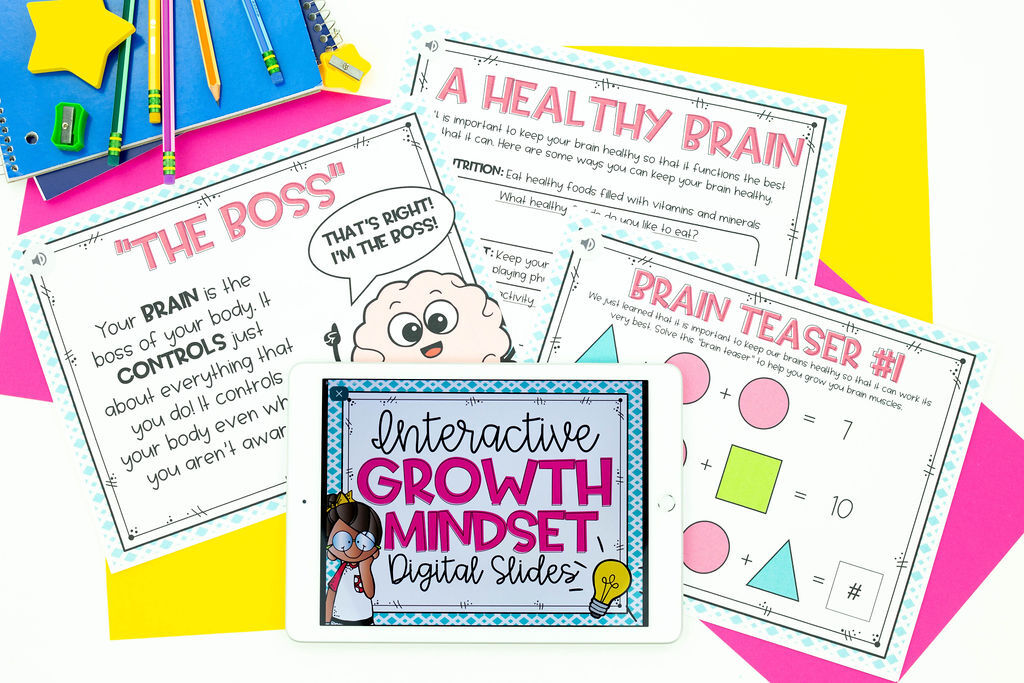
Do you want to instill a growth mindset in your students this year? These activities will help your students understand how the brain works and show them that their brains literally grow! Your students will love these fun, interactive, growth mindset activities.
Growth Mindset Activities
Another great way to build growth mindset is with these fun, interactive activities. This printable and digital resource will help your students understand how the brain works and show them that their brains literally grow! Your students will love these fun, interactive, growth mindset activities.
This resource has 5 days of lessons that will help students understand how their brain works as well as help them understand what it means to have a growth mindset. Simply print and present the printable pages.
The digital option is great for classroom with 1:1 devices. Each of the slides include audio, making differentiation a breeze. Students interact with the slides by manipulating digital tools, typing in responses, and reflecting on their learning.
Featured Lessons
- The Brain AKA “The Boss”
- Parts of the Brain
- Growth Mindset vs. Fixed Mindset
- Mistakes and Famous Failures
- Developing Grit
Shop This Post
Back to School Bundle
You can also get both the Printable Back to School Escape Room and the Growth Mindset Activities as part of my money-saving Back to School Bundle. This Bundles includes four of our most popular back to school activities: Growth Mindset Activities – Digital and Printable, Back to School Escape Room – Printable, Back to School Classroom Procedures Game Board, and Meet the Teacher Slides to make your back to school lesson planning a breeze.
Save valuable time at the beginning of the year with these ready to use resources that will help your students develop a positive attitude toward learning.
Shop This Post
I hope that these tips and resources give you some ideas about ways that you can have a classroom that supports and encourages a growth mindset. We CAN do hard things!
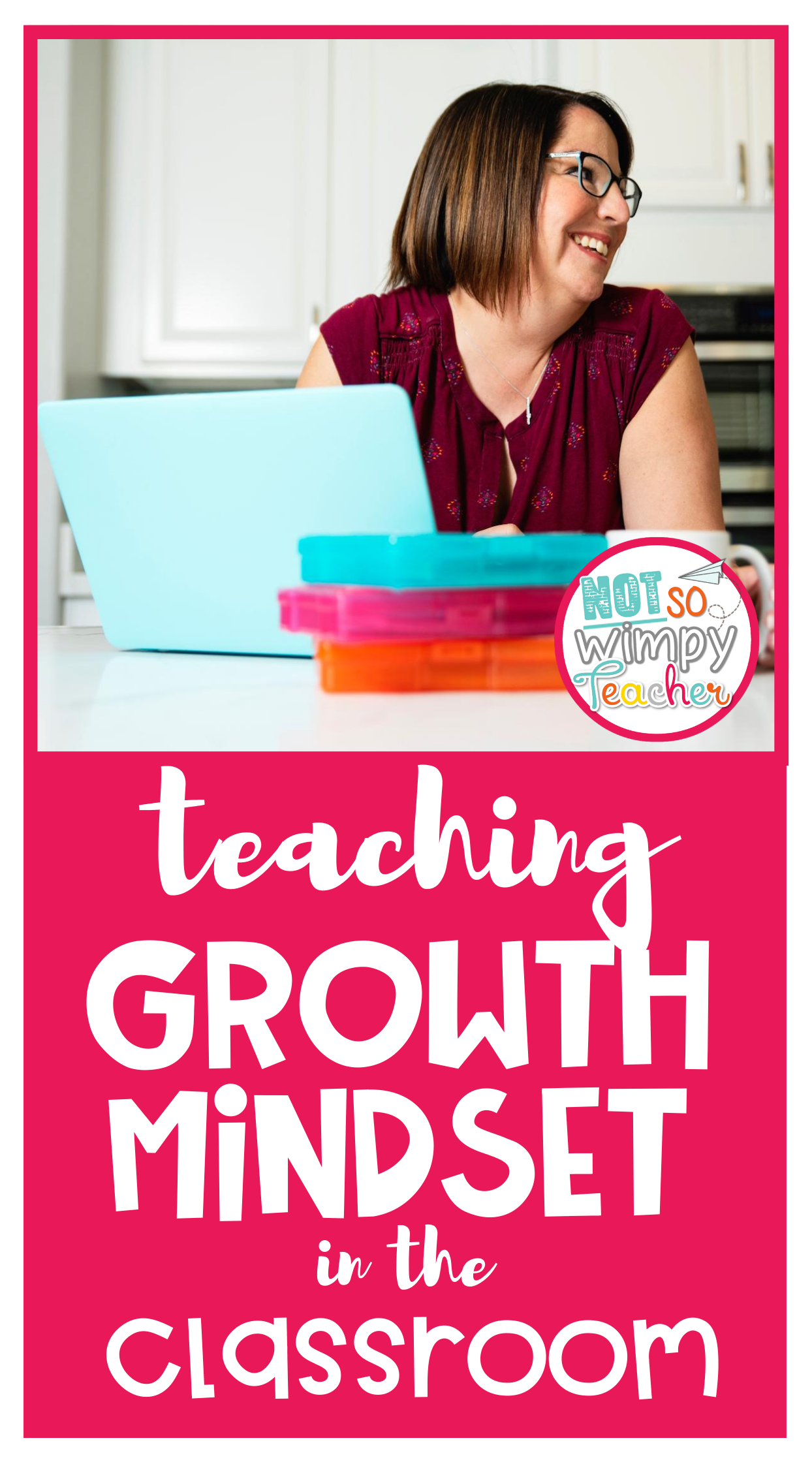
Have a Not So Wimpy day,


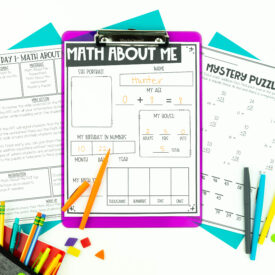
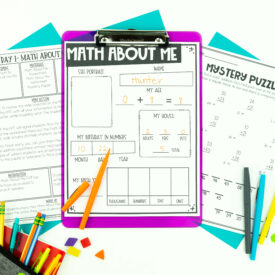

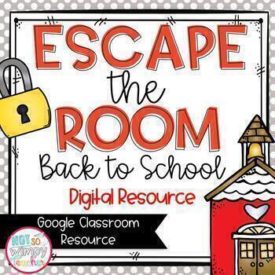
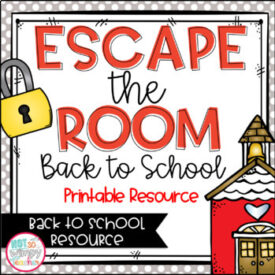

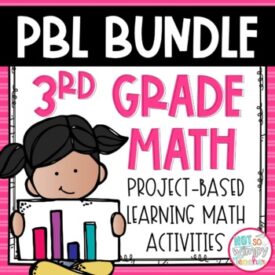
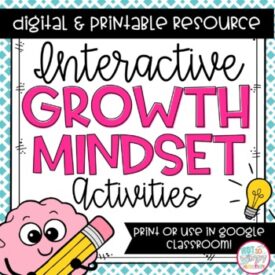
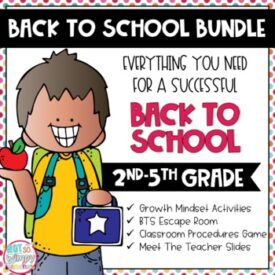















 End of Year Carnival Week for grades 2-5!
End of Year Carnival Week for grades 2-5!
This is very inspiring and good teaching tips. Thank you.
As a third grade teacher, teaching growth mindset is important to me. I’m always looking for videos and read alouds to share with my students and you have provided some great resources for me to integrate into my classroom this year! I appreciate how much background knowledge you share on the topics you post about. Thanks!